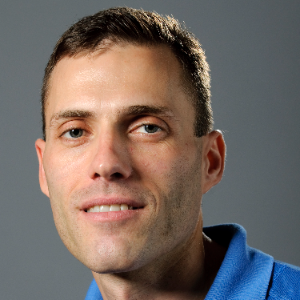Title : Blocking an epitope of misfolded SOD1 ameliorates disease phenotype in a model of amyotrophic lateral sclerosis
Abstract:
The current strategies to mitigate the toxicity of misfolded SOD1 in familial ALS via blocking SOD1 expression in the CNS are indiscriminative for misfolded and intact proteins, and as such, entail a risk of depriving CNS cells of their essential antioxidant potential.
As an alternative approach to neutralize misfolded and spare unaffected SOD1 species, we developed scFv-SE21 antibody that blocks the β6/β7 loop epitope exposed exclusively in misfolded SOD1. The β6/β7 loop epitope has previously been proposed to initiate amyloid-like aggregation of misfolded SOD1 and mediate its prion-like activity.
The AAV-mediated expression of scFv-SE21 in the CNS of hSOD1G37R mice rescued spinal motoneurons, reduced the accumulation of misfolded SOD1, decreased gliosis, and thus delayed disease onset and extended survival by 90 days.
The results provide evidence for the role of the exposed β6/β7 loop epitope in the mechanism of neurotoxic gain-of-function of misfolded SOD1 and open avenues for the development of mechanism-based anti-SOD1 therapeutics, whose selective targeting of misfolded SOD1 species may entail a reduced risk of collateral oxidative damage to the CNS.
Audience Take Away
- Our research has shed light on the molecular mechanism of neurotoxicity caused by misfolded SOD1 in ALS, which is key in designing mechanism-based therapeutics for the disease
- Our study presents the potential for the advancement of ALS treatments with a unique mechanism of action, which could manifest in various forms, such as preventative care for individuals carrying the mutated SOD1 gene, active immunization, and potentially the treatment of patients experiencing early-stage symptoms
- Our work serves as a valuable example of how understanding the structural properties of a disease-causing protein can lead to practical therapeutic strategies, and could prove useful for other neurodegenerative conditions




